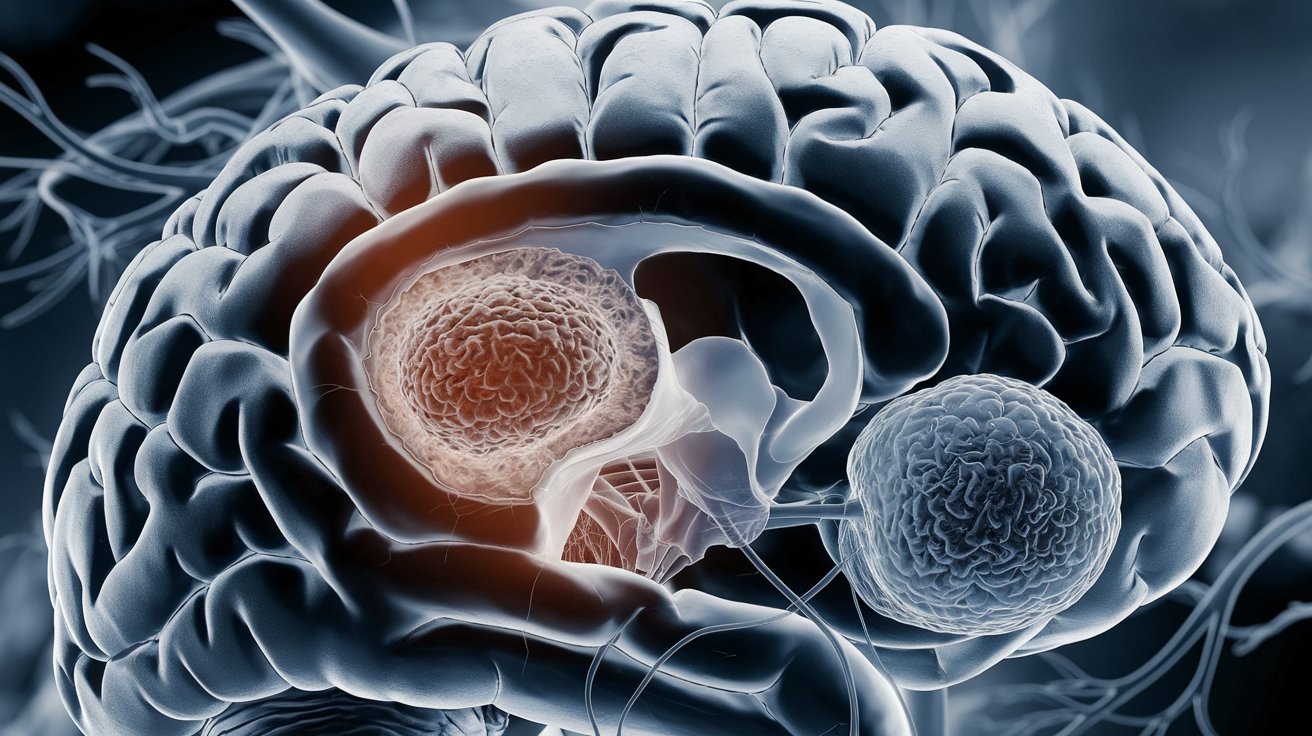
Myoclonus Progressive Epilepsy of Unverricht and Lundborg (EPM1) is a rare genetic disorder that affects the nervous system. Characterized by muscle jerks (myoclonus), seizures, and progressive neurological decline, this condition typically begins in childhood or adolescence. EPM1 is caused by mutations in the CSTB gene, which leads to a deficiency in cystatin B, a protein that helps protect brain cells. Symptoms can vary widely but often include coordination problems, muscle stiffness, and cognitive decline. While there is no cure, treatments focus on managing symptoms and improving quality of life. Understanding EPM1 is crucial for early diagnosis and better management. Here are 25 facts to help you grasp the essentials of this complex disorder.
Key Takeaways:
- Myoclonus Progressive Epilepsy of Unverricht and Lundborg (EPM1) is a rare genetic disorder that causes muscle jerks and seizures, affecting about 1 in 20,000 people in Finland.
- While there is no cure for EPM1, treatments like anti-seizure medications and therapy can help manage symptoms and improve quality of life. Support groups and genetic counseling are also available for individuals and their families.
What is Myoclonus Progressive Epilepsy of Unverricht and Lundborg?
Myoclonus Progressive Epilepsy of Unverricht and Lundborg (EPM1) is a rare genetic disorder. It primarily affects the nervous system, causing muscle jerks and seizures. Understanding this condition can help those affected and their families manage it better.
-
EPM1 is a type of progressive myoclonus epilepsy, a group of disorders characterized by muscle jerks and seizures.
-
The disorder was first described by Heinrich Unverricht in 1891 and later by Herman Lundborg in 1903.
-
EPM1 is most common in Finland, where it affects about 1 in 20,000 people.
-
The disorder is caused by mutations in the CSTB gene, which provides instructions for making a protein called cystatin B.
-
Cystatin B helps protect cells from damage caused by enzymes called proteases.
Symptoms of EPM1
EPM1 symptoms usually begin in childhood or adolescence. They can vary in severity and progression, making each case unique.
-
Myoclonus, or sudden muscle jerks, is often the first symptom to appear.
-
Seizures, including generalized tonic-clonic seizures, are common in individuals with EPM1.
-
Ataxia, or loss of coordination, can develop as the disorder progresses.
-
Individuals may experience difficulty with fine motor skills, such as writing or buttoning clothes.
-
Cognitive decline is possible, though it varies widely among those affected.
Diagnosis and Testing
Diagnosing EPM1 involves a combination of clinical evaluation, genetic testing, and other diagnostic tools.
-
A neurologist typically conducts a thorough clinical evaluation to assess symptoms and medical history.
-
Genetic testing can confirm the presence of CSTB gene mutations.
-
Electroencephalogram (EEG) tests measure electrical activity in the brain and can help identify seizure patterns.
-
Magnetic resonance imaging (MRI) may be used to rule out other neurological conditions.
-
Blood tests can help exclude other potential causes of symptoms.
Treatment and Management
While there is no cure for EPM1, various treatments can help manage symptoms and improve quality of life.
-
Anti-seizure medications, such as valproate and clonazepam, are commonly prescribed to control seizures.
-
Physical therapy can help maintain muscle strength and coordination.
-
Occupational therapy assists individuals in developing strategies for daily activities.
-
Speech therapy may be beneficial for those experiencing speech difficulties.
-
Regular follow-up with a neurologist is essential to monitor the progression of the disorder and adjust treatments as needed.
Living with EPM1
Living with EPM1 can be challenging, but support and resources are available to help individuals and their families.
-
Support groups provide a platform for sharing experiences and advice.
-
Genetic counseling can help families understand the inheritance pattern and risks for future children.
-
Educational accommodations may be necessary for children with EPM1 to succeed in school.
-
Mental health support is crucial for coping with the emotional impact of the disorder.
-
Research is ongoing to better understand EPM1 and develop new treatments.
Understanding Myoclonus Progressive Epilepsy of Unverricht and Lundborg
Myoclonus Progressive Epilepsy of Unverricht and Lundborg (EPM1) is a rare genetic disorder that affects the nervous system. It typically begins in childhood or adolescence, causing muscle jerks, seizures, and coordination problems. The condition is caused by mutations in the CSTB gene, which leads to a deficiency in cystatin B, a protein that helps protect brain cells.
Living with EPM1 can be challenging, but early diagnosis and treatment can help manage symptoms. Medications like valproate and clonazepam are often used to control seizures and myoclonus. Physical therapy and occupational therapy can also improve quality of life.
Raising awareness about EPM1 is crucial for better understanding and support. If you or someone you know is affected by this condition, seeking medical advice and connecting with support groups can make a significant difference.
Frequently Asked Questions
Was this page helpful?
Our commitment to delivering trustworthy and engaging content is at the heart of what we do. Each fact on our site is contributed by real users like you, bringing a wealth of diverse insights and information. To ensure the highest standards of accuracy and reliability, our dedicated editors meticulously review each submission. This process guarantees that the facts we share are not only fascinating but also credible. Trust in our commitment to quality and authenticity as you explore and learn with us.
